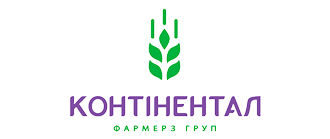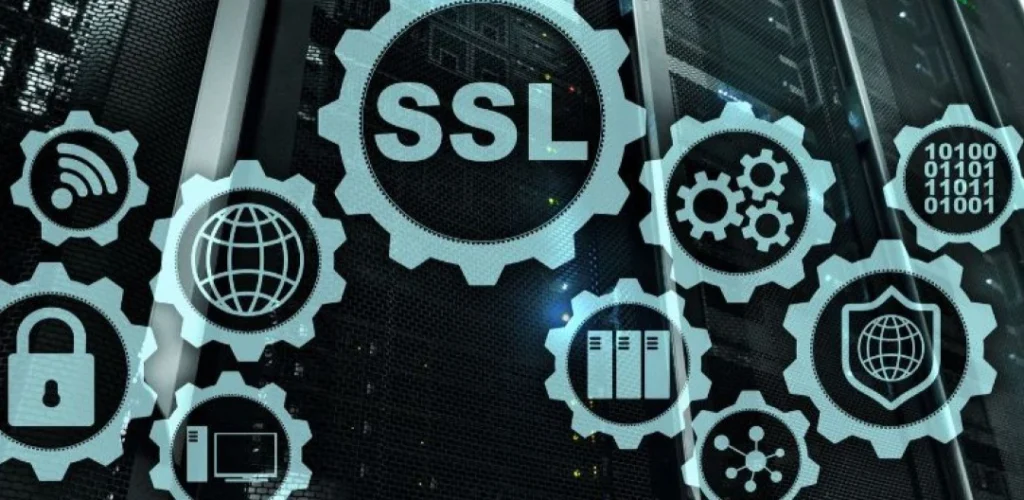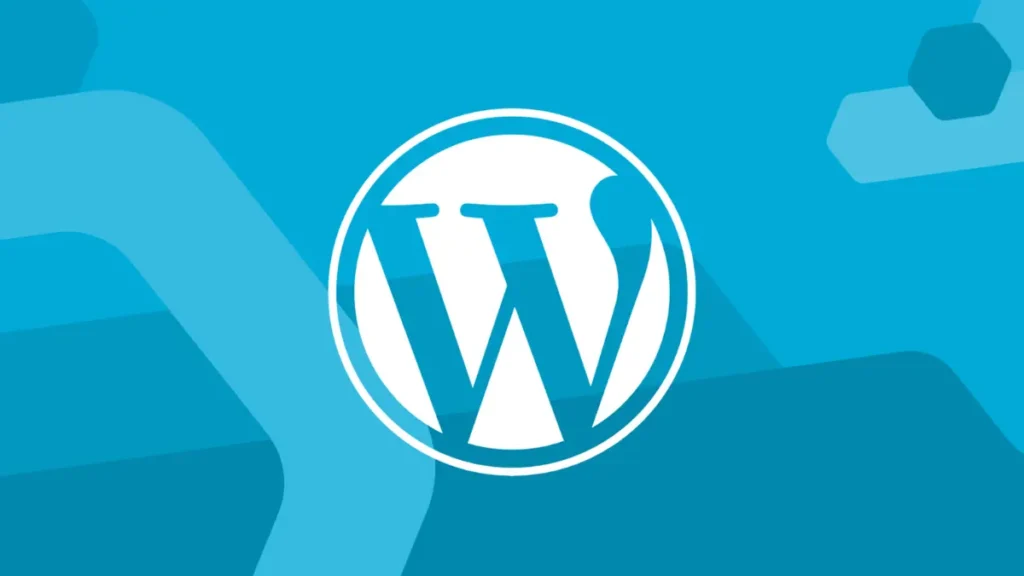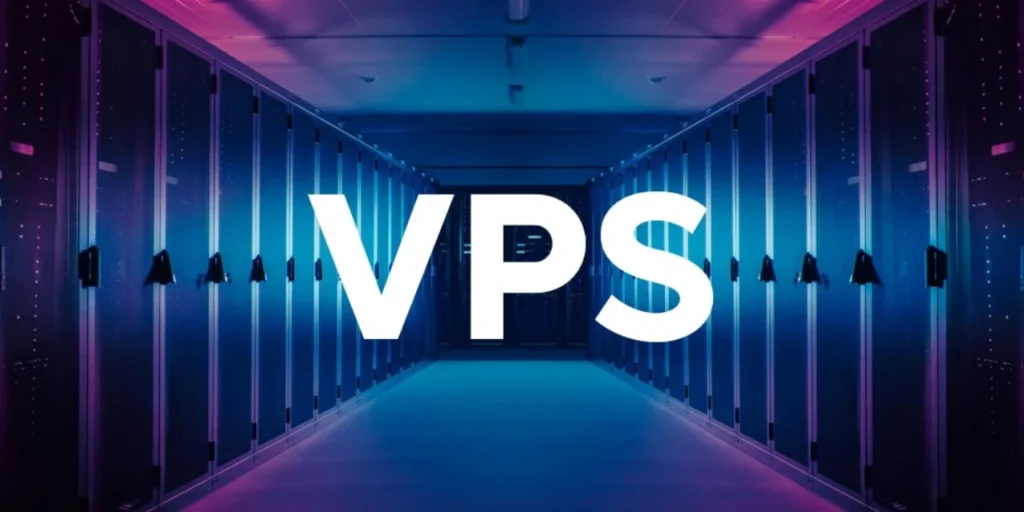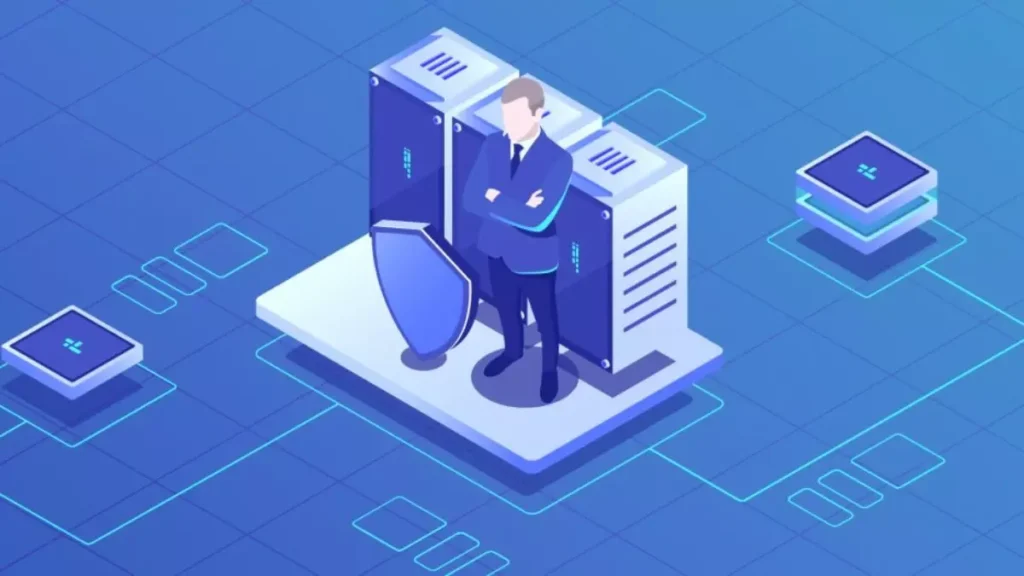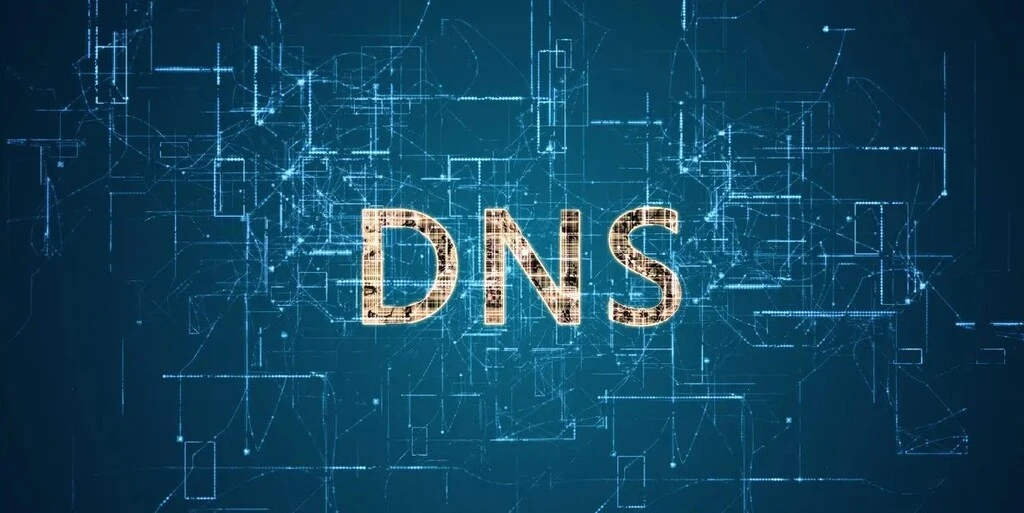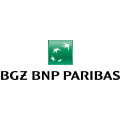DRaaS (Disastery Recovery as a Service)
Disaster Recovery Center (DRaaS)
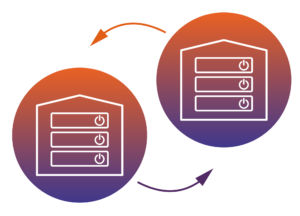
Depending on the client’s needs, the data center provides several disaster recovery options:
1. Colocation as a basic service.
This is a well-known product on the market, but when the service is used as DRaaS, it is often additionally equipped with communication channels between the main and backup sites. In this configuration, the distance between the two sites is important. Due to regulatory restrictions, enterprises and organizations in the banking and insurance sector cannot use DRaaS in public cloud computing, so colocation is the best choice for such customers.
2. Cloud solutions
DRaaS using a public or private cloud is designed for companies looking for backup resources with simple management. There is no need to connect to data centers using dedicated telecommunication lines or hire specialists to maintain IT infrastructure. The solution has a low entry barrier and the ability to be launched almost instantly. Its disadvantage is that not all redundancy scenarios can be implemented, while with more complex systems (especially legacy ones), the architecture must be rebuilt. It may also turn out that you can only protect a part of the data backup processes in this way. In most cases, the public cloud is a good choice. And for backing up important data, there is probably no better solution if we take into account the flexibility and financial costs that must be involved to use it.
Those customers who expect a more personalized approach are more likely to choose a private cloud, which is a customized solution prepared to meet very specific requirements. For such customers, renting dedicated servers is also a good solution.
3. Hybrid solution
This is a solution that involves the use of combined redundancy using various services of our data center.
 Cabinet
Cabinet 





